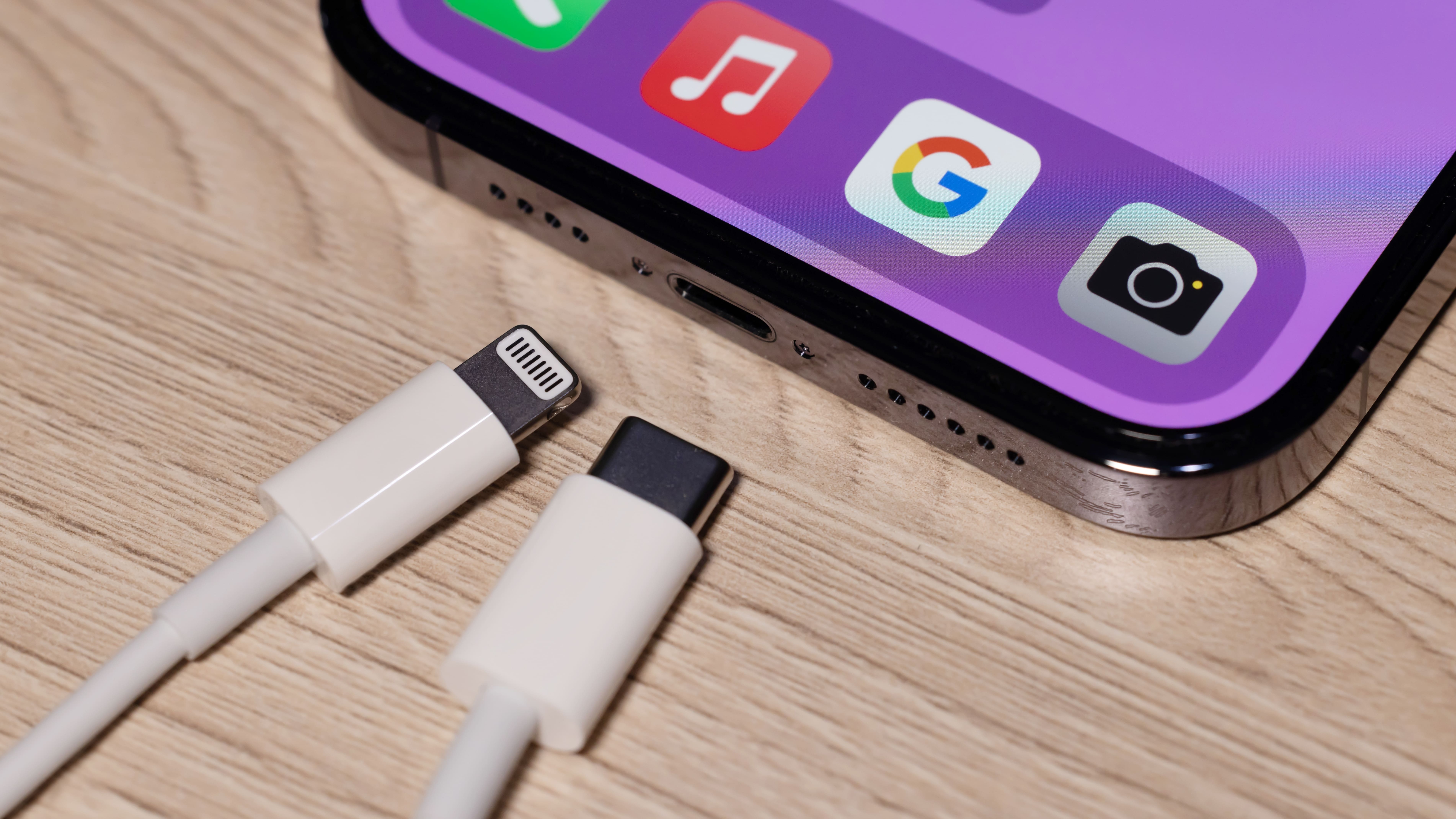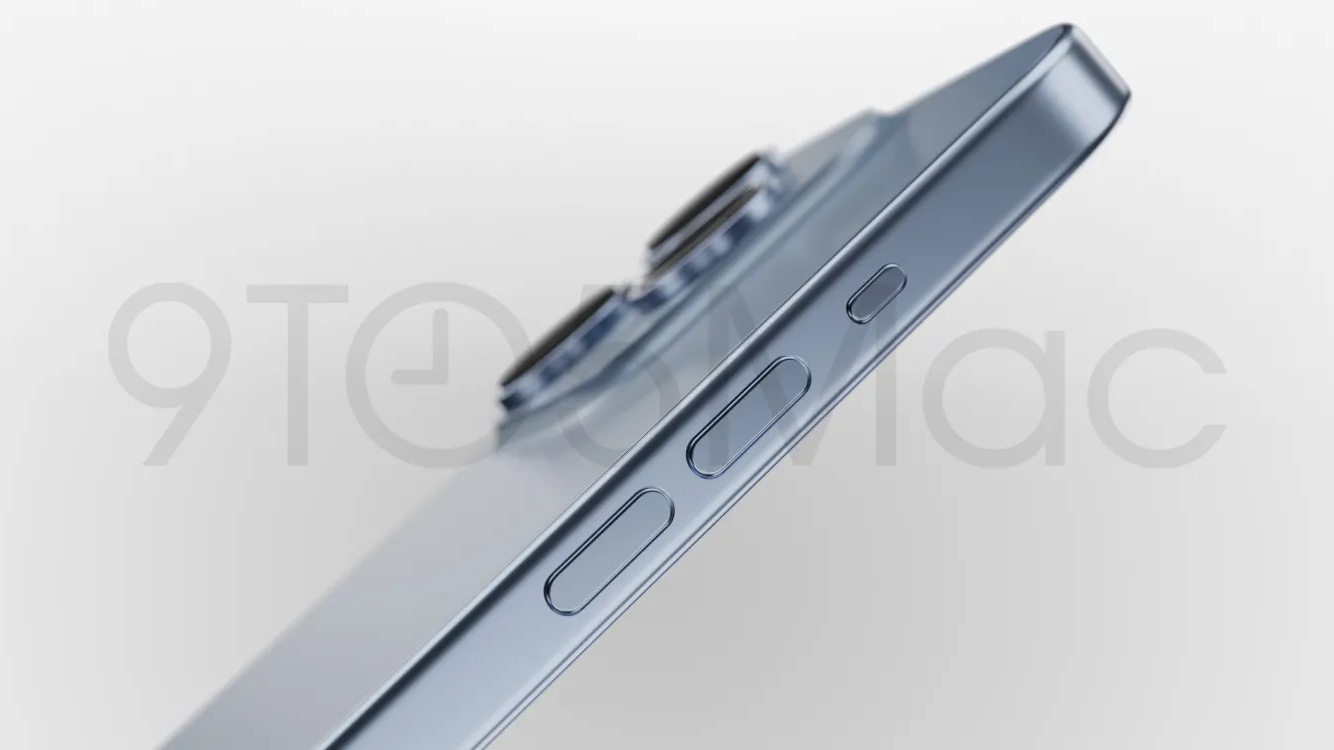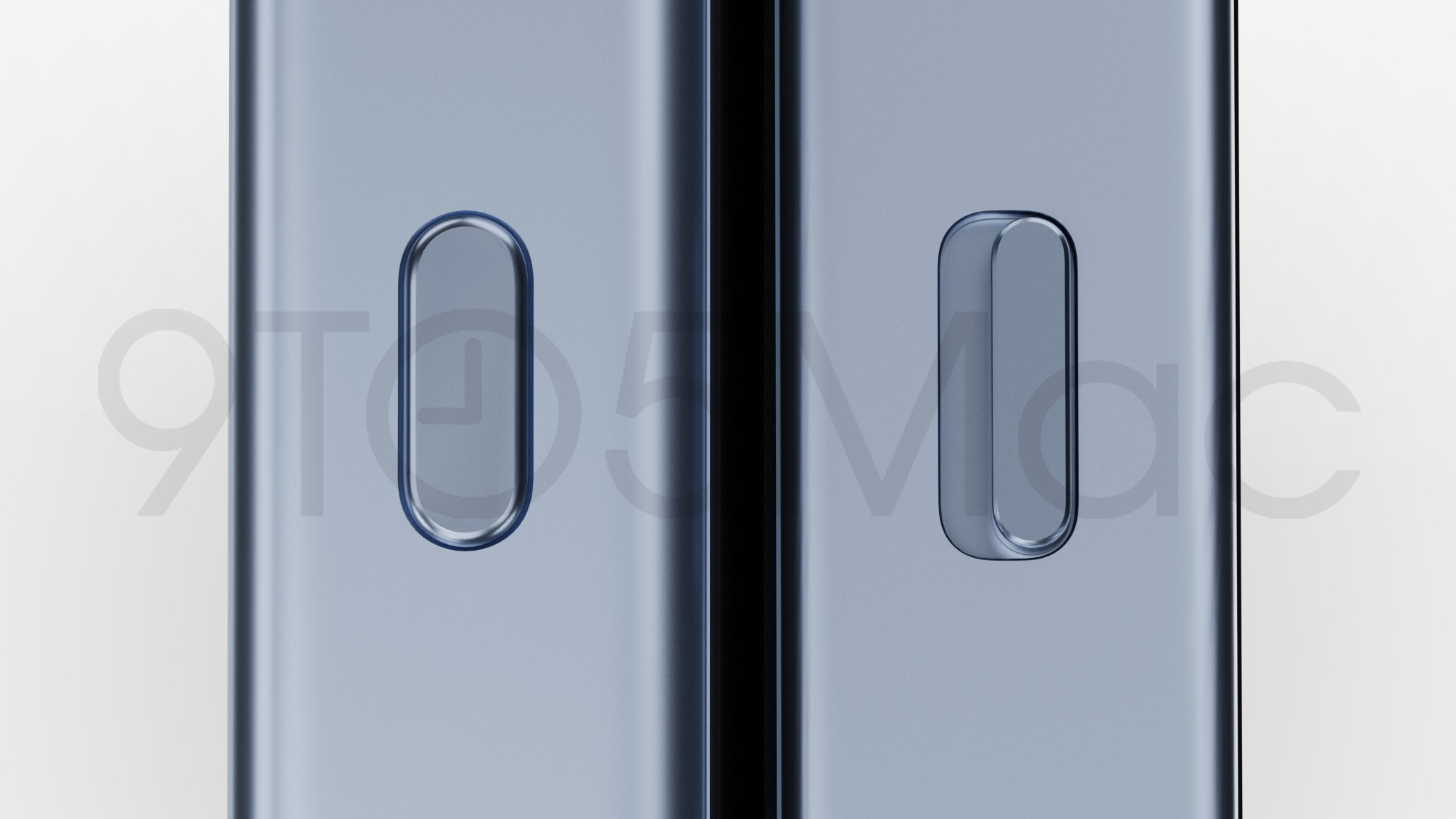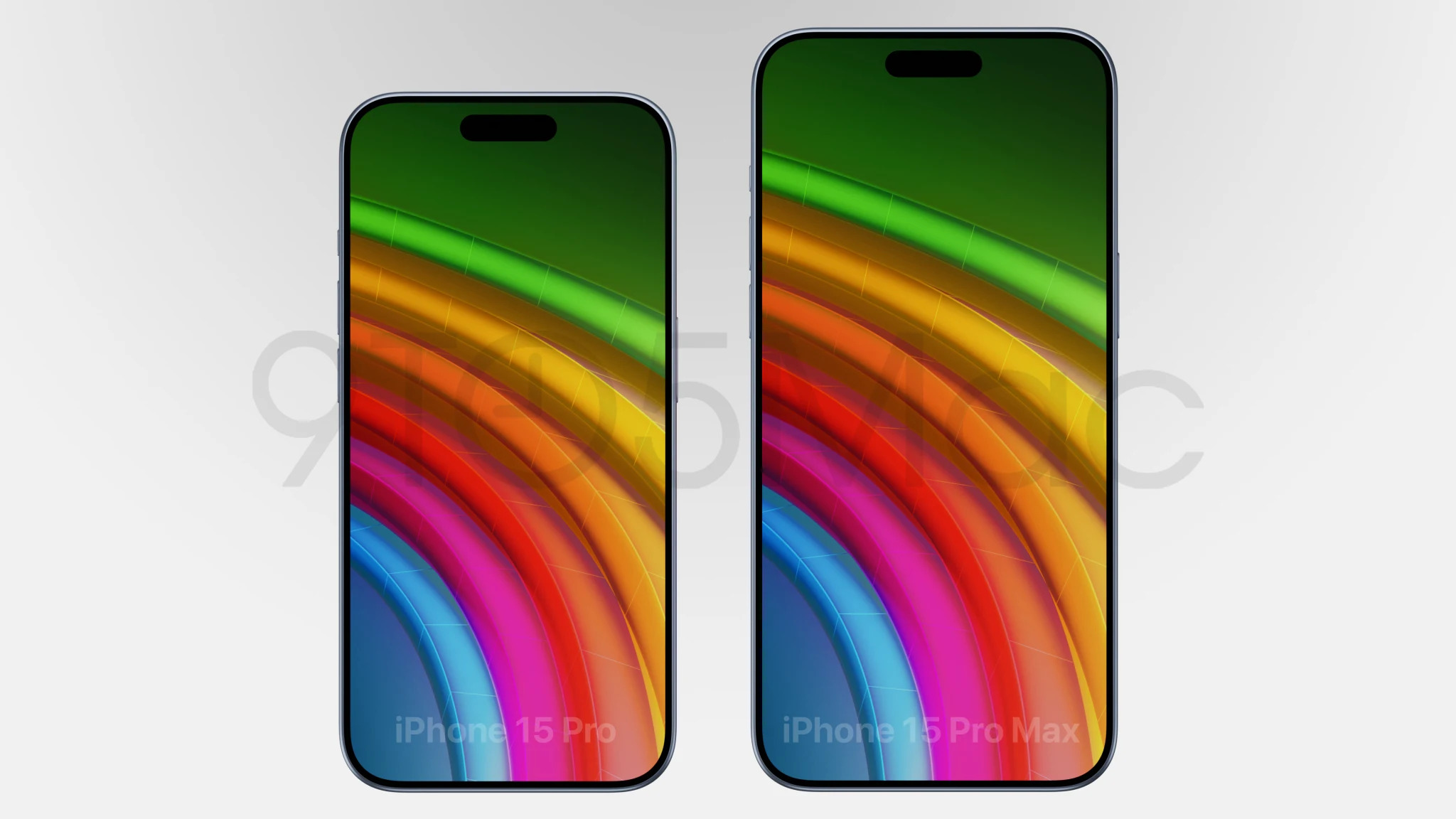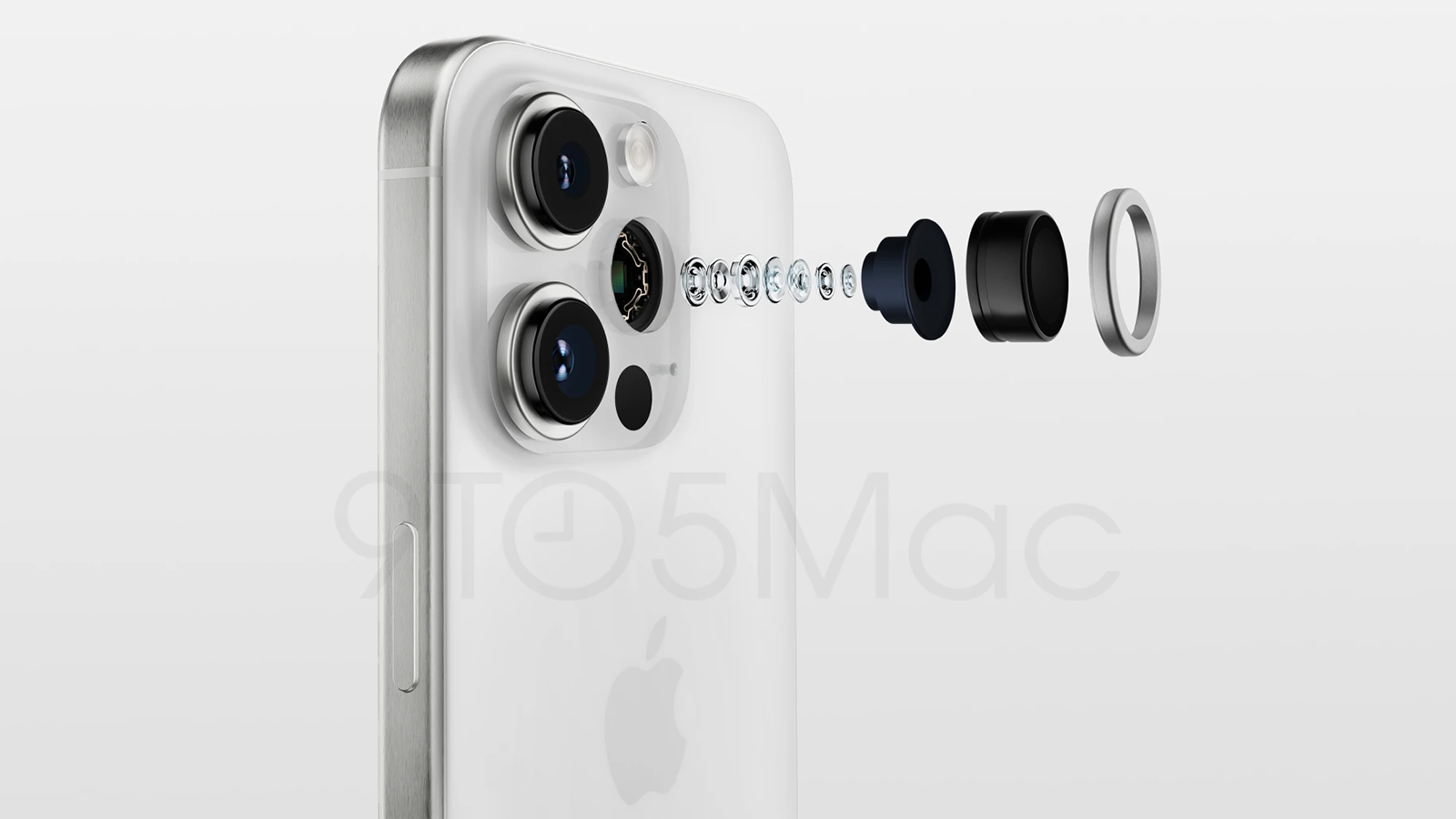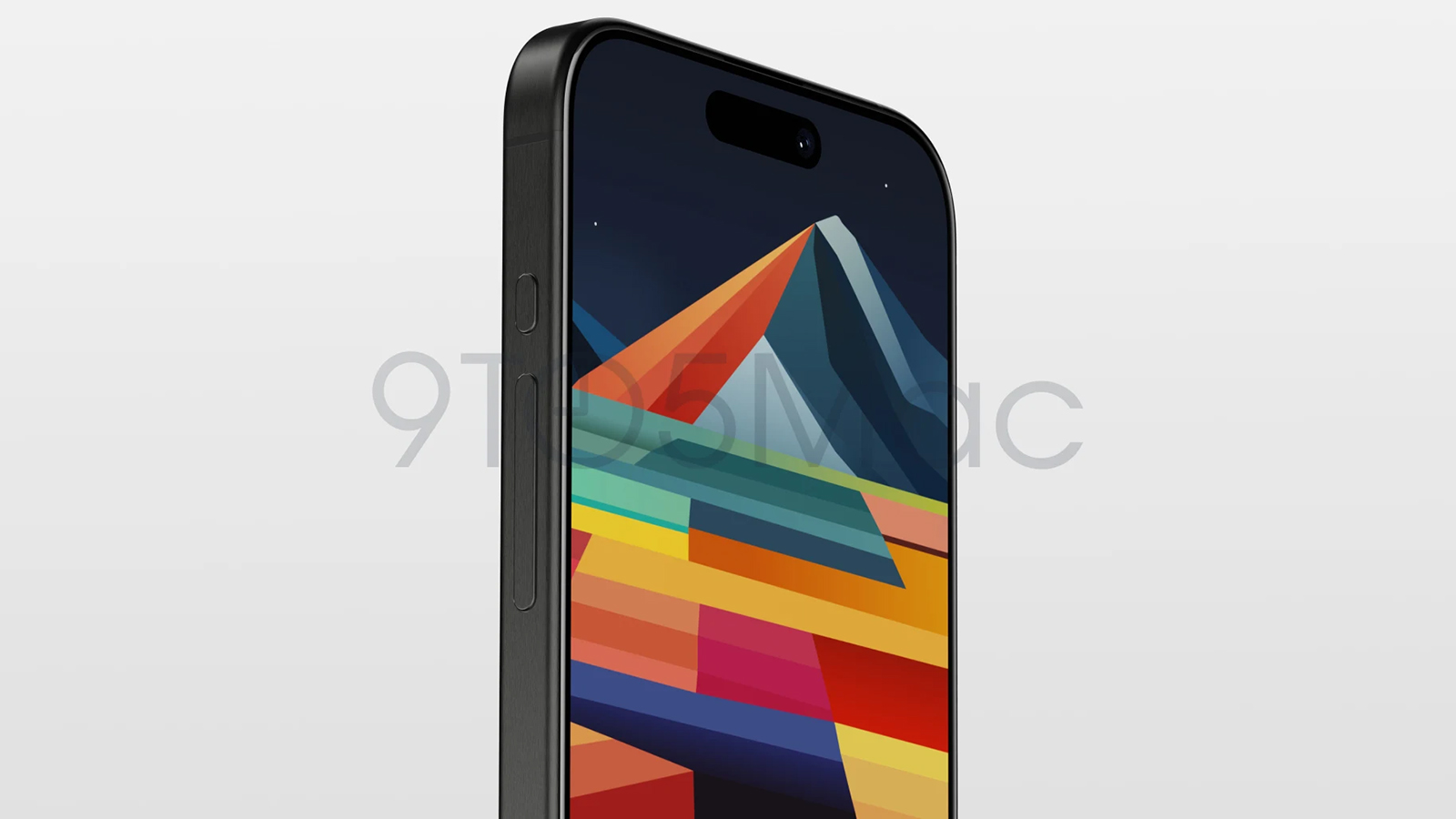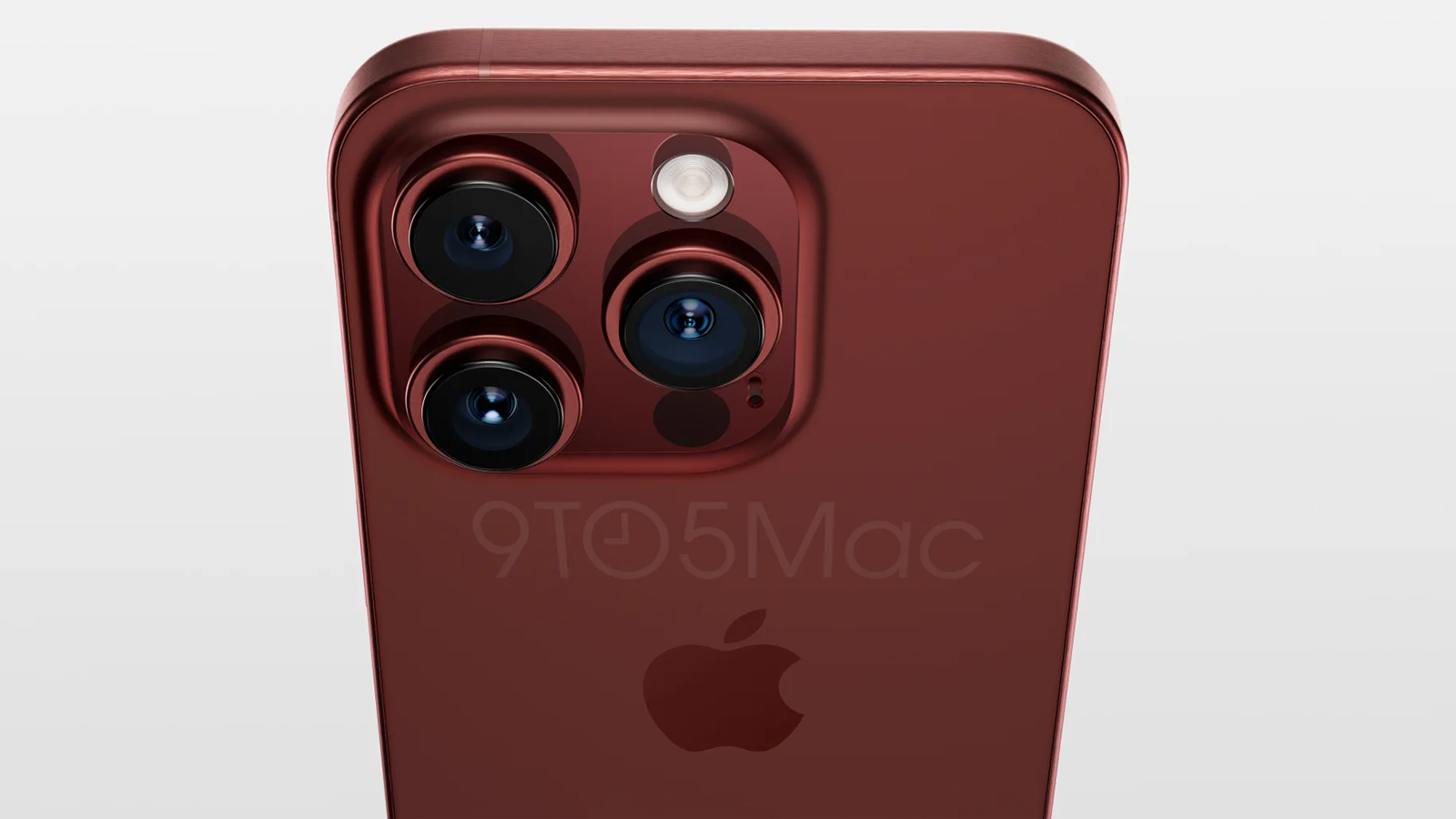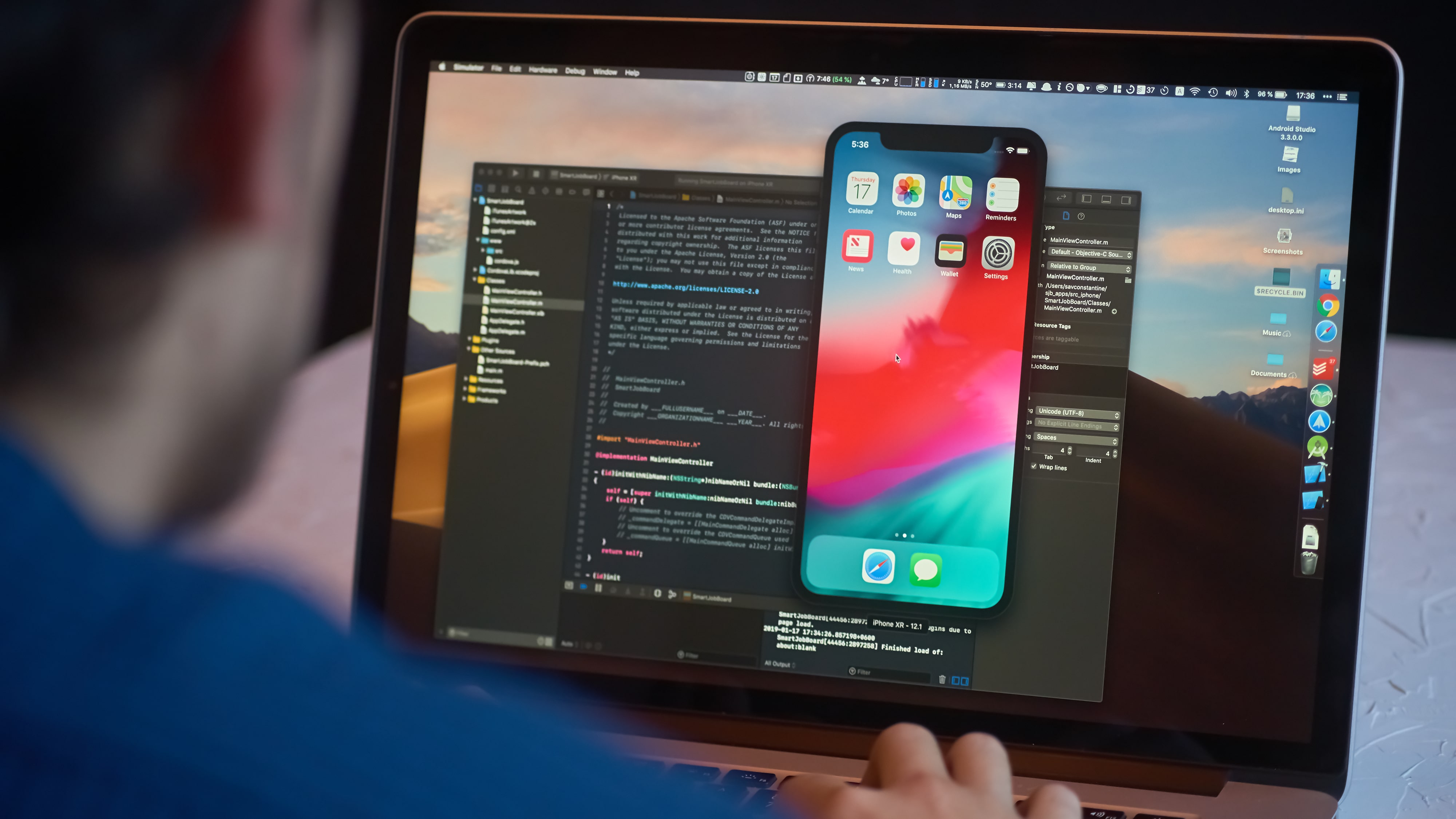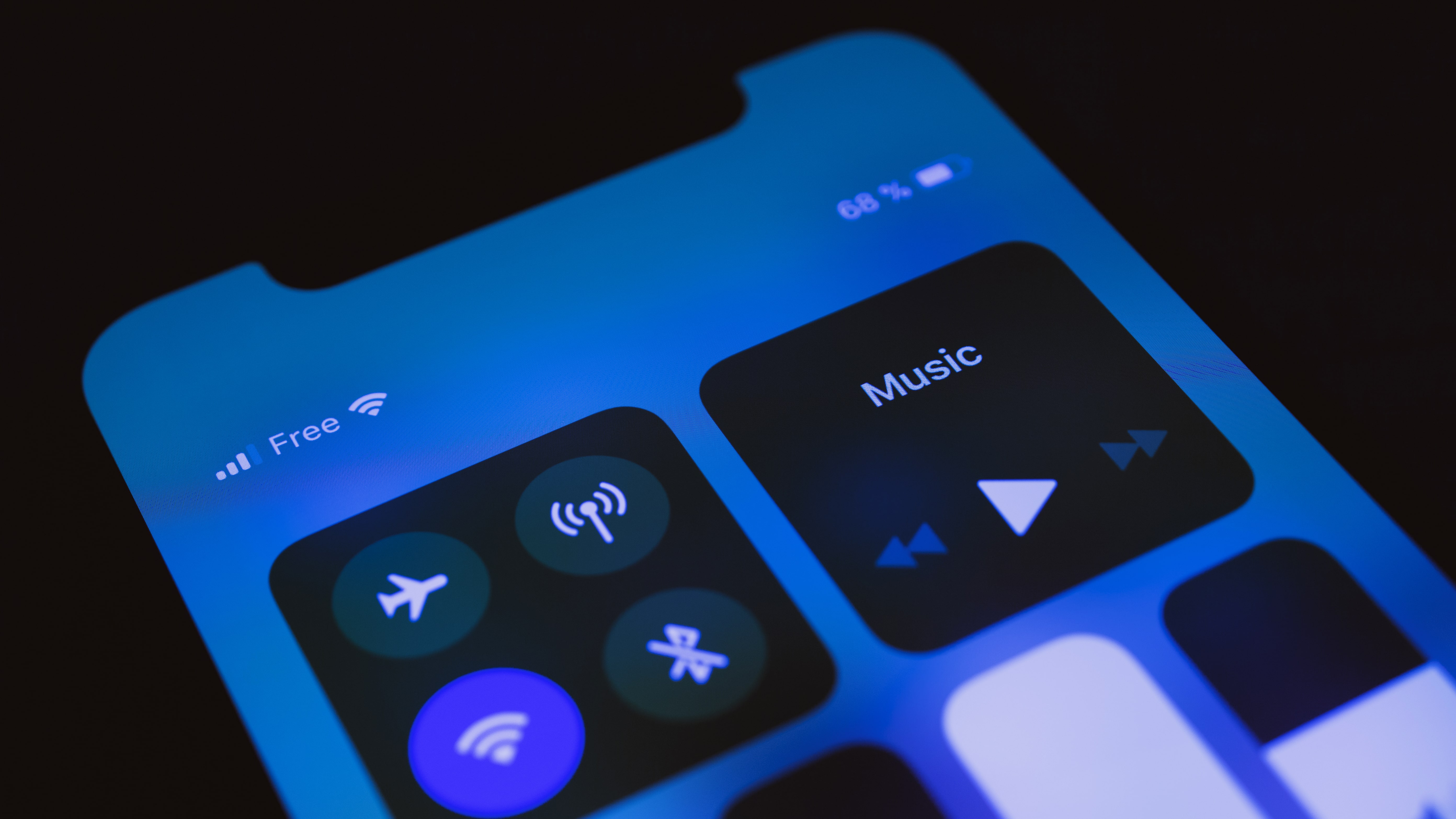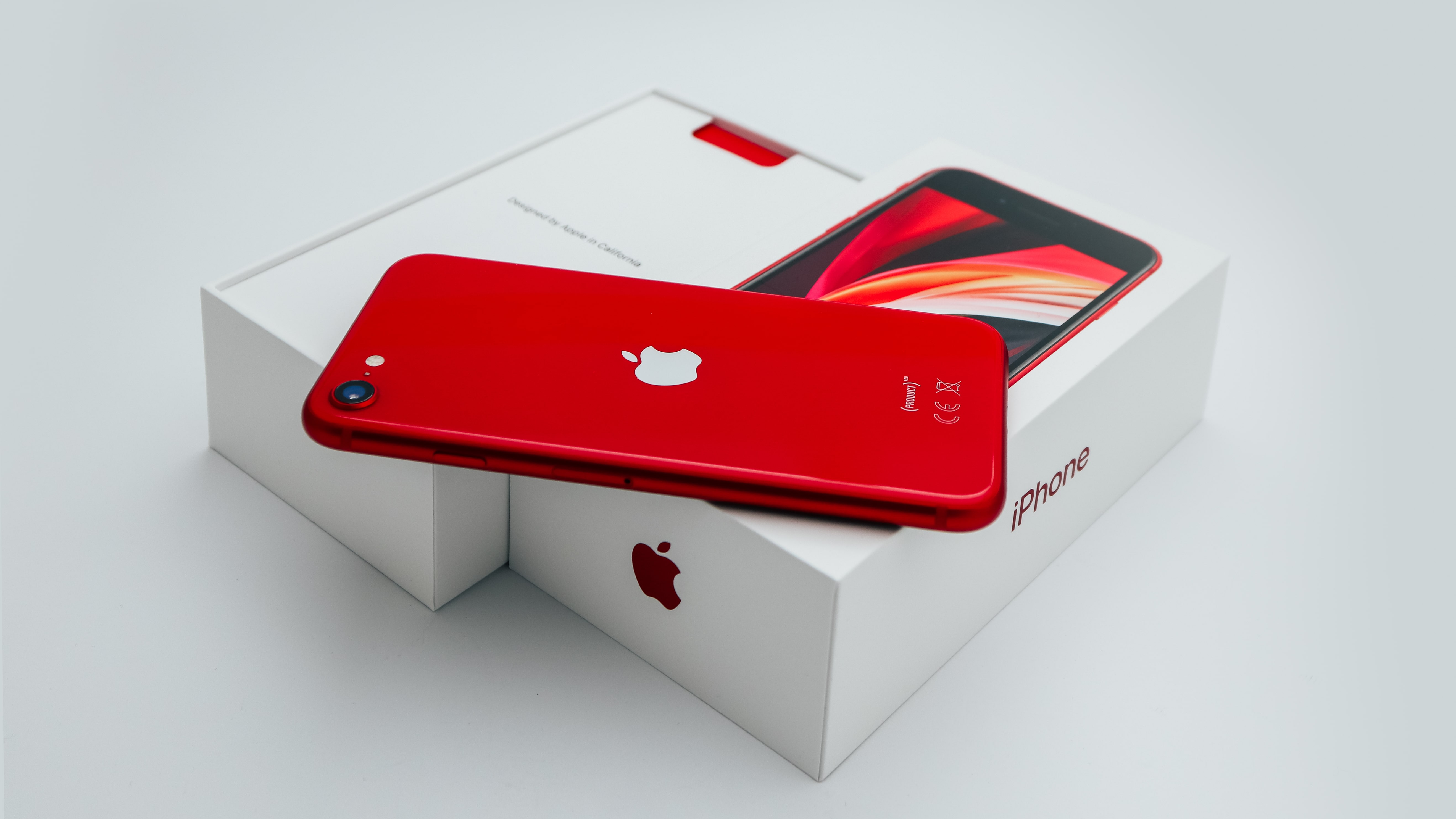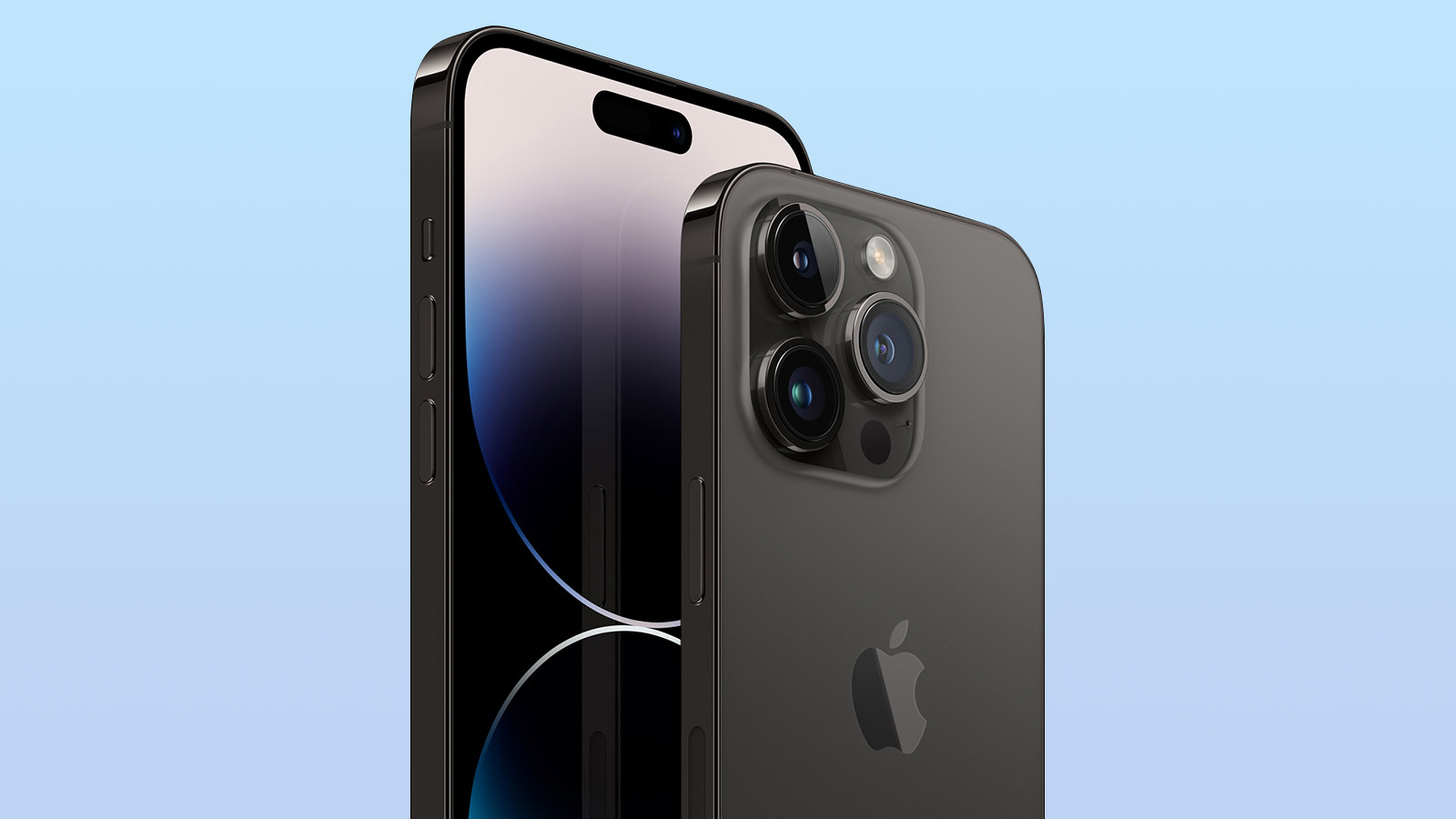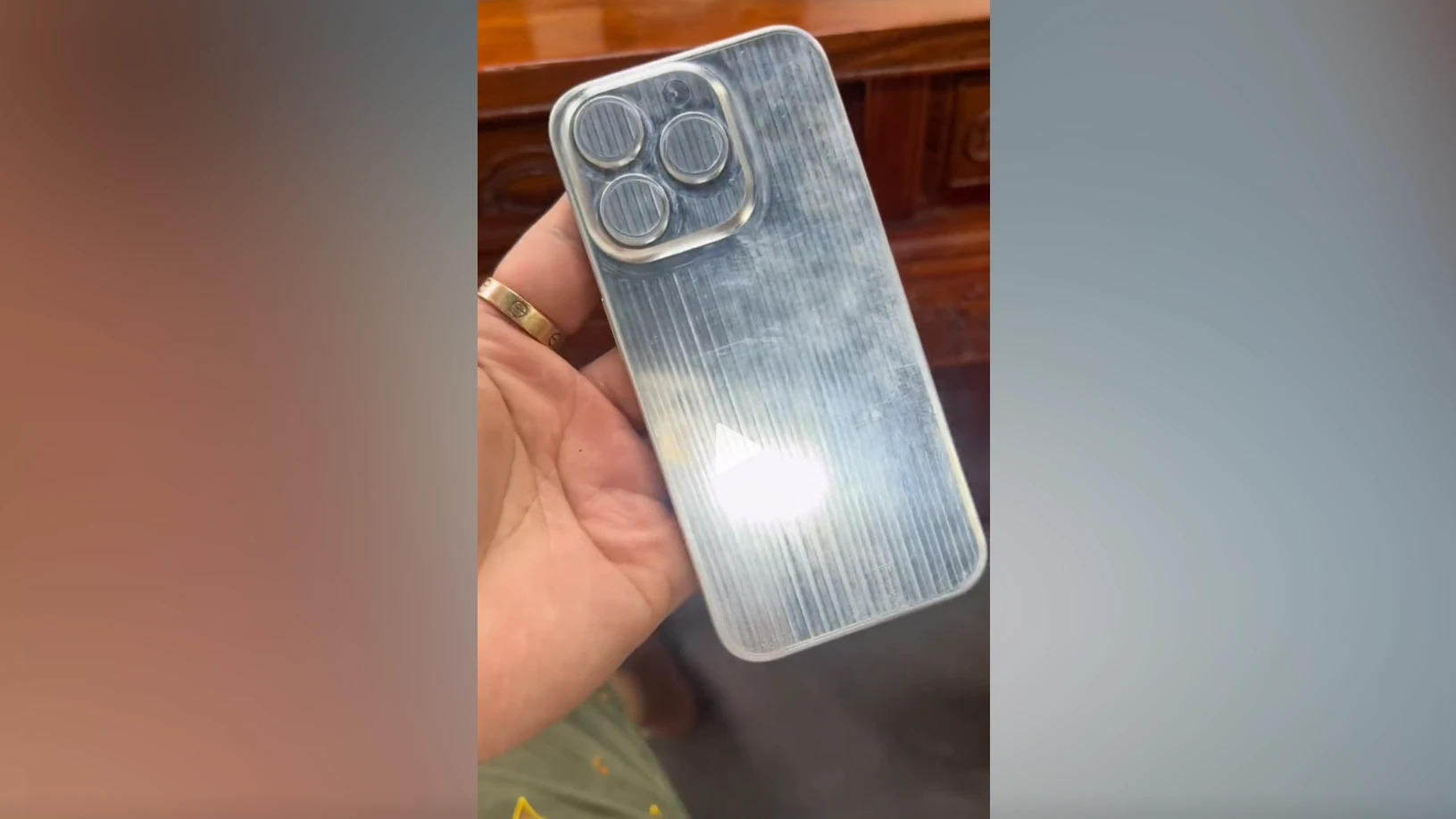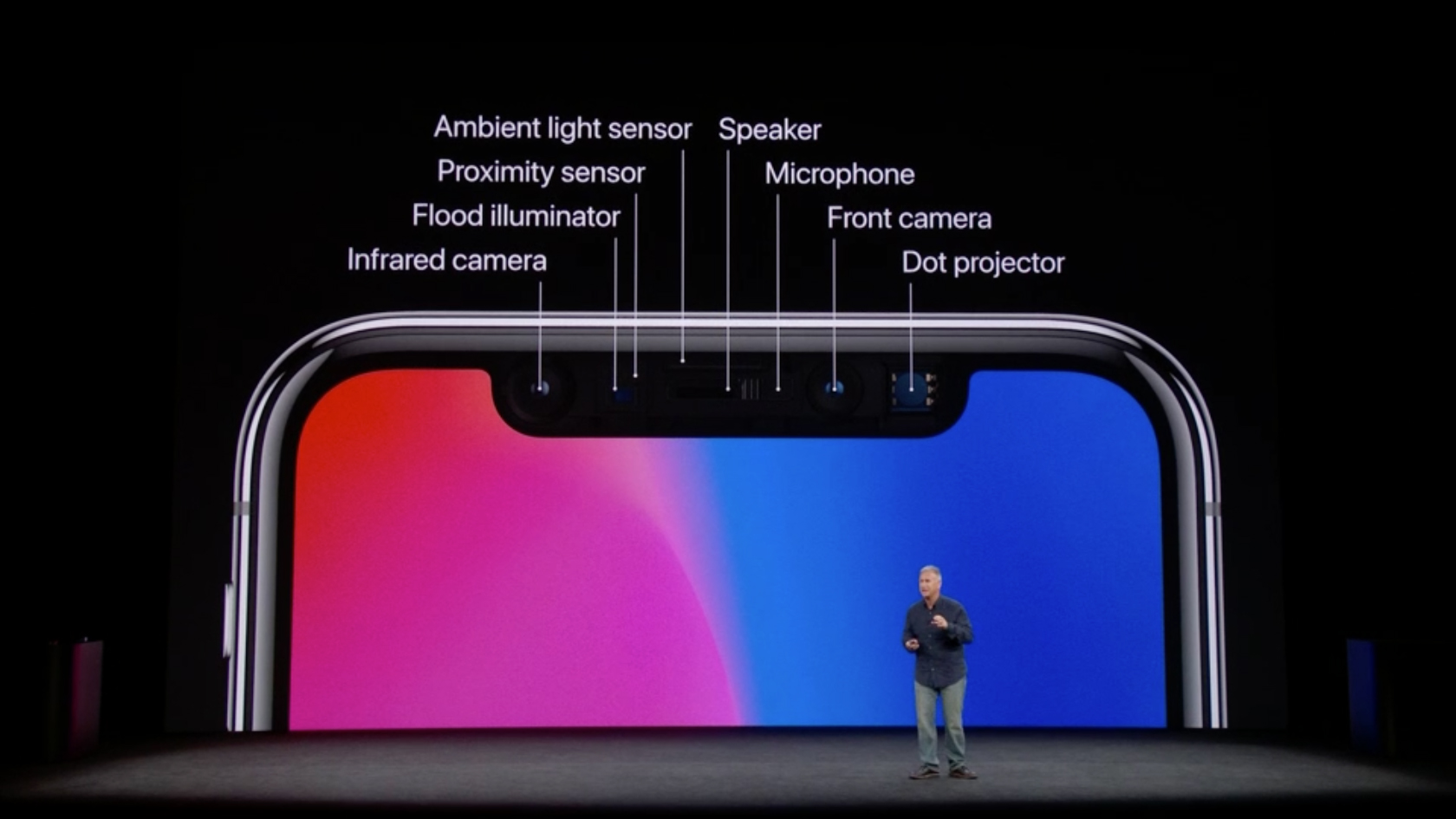We recently reported that iOS 17 will bring further changes to your iPhone lock screen, and now we’re hearing more about how those changes will impact Apple Maps, specifically.
According to serial Apple tipster @analyst941, iOS 17 will introduce a new ‘Live Activity’ interface for Apple’s in-house navigation app. Currently, active Apple Maps directions occupy the entirety of the iPhone screen when the device is locked, but this new feature will limit those directions to the bottom two-thirds of the screen. The upper third of the screen will display the current time and date, while the torch and camera buttons will be accessible, too.
You’ll also be able to view notifications while Apple Maps directions are active by swiping up from the bottom of the lock screen (rather than down from the top) in iOS 17. Check out the new ‘Live Activity’ interface via the tweets below:
Love it or don’t, Apple doesn’t care - this is the new Maps “Live Activity” for Lock Screen (all iPhones).- Seamless transition when unlocking.- View notifications over the map by swiping up as usual.- shows most Lock Screen elements until unlocked (except widgets afaik). pic.twitter.com/7PUwRUXgVxMay 8, 2023
Additionally, @analyst941 notes that you’ll “allegedly [be able to] minimize the map to the size of the music player on the lock screen, and re-maximize it by tapping the activity.” However, they “haven’t seen this [feature] nor gotten enough details to show that, yet at least.”
Suffice to say, it’s high time Apple overhauled the experience of using Apple Maps via the iPhone lock screen. In its current state, the functionality of Google Maps via the iPhone lock screen isn’t much better – in fact, it’s worse – but features like Immersive View and Search with Live View have made Google’s navigation app the go-to tour guide for many iPhone users.
If @analyst941’s claims regarding ‘Live Activity’ are true, though, iOS 17 will shake up the Apple Maps vs. Google Maps debate by better integrating Apple’s in-house navigational software with the iPhone itself.
Incidentally, @analyst941 also reports that iOS 17 will add a new grid view for lock screen wallpapers. You’ll soon be able to view at least nine custom wallpapers at one time, and rearrange, delete, share or duplicate them as you please by swiping up.
This is the new grid view for Wallpapers in iOS 17.• All new Grid-view displays 9+ wallpapers at once.• Delete wallpapers quickly within the grid-view.• Rearrange the order of wallpapers in grid-view.• Share or duplicate wallpapers by swiping up in single-view. pic.twitter.com/BUMugPKb1vApril 29, 2023
This claim fits with a recent Weibo leak claiming that iOS 17 will let you customize lock screen font sizes, as well as share your custom lock screen designs with other iPhone users – presumably in the same way that Apple Watch faces can be shared between Apple Watch owners.
In other words, the iPhone lock screen looks set to be the biggest beneficiary of iOS 17 – though leakers are divided over which iPhones will be compatible with the upcoming update. Some, for instance, report that iOS 17 will drop support for the iPhone 8, iPhone 8 Plus and iPhone X, while others have counterclaimed that iOS 17 will be compatible with all iPhones capable of running iOS 16.
At this stage, then, there's little certainty around which iPhones will be supported by iOS 17 – but we're sure to find out at WWDC 2023 come June 5.
